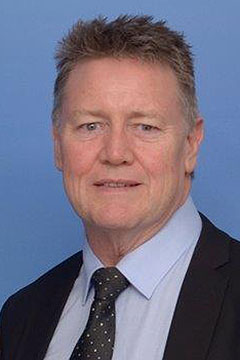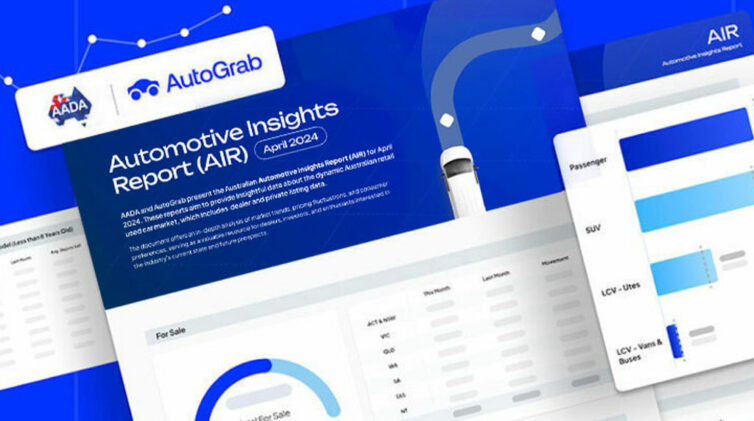
Gary Ormond
IN THE past decade, as we were busy managing our businesses, the big dealer groups like Automotive Holdings Group (AHG) and AP Eagers have been hoovering up strategically placed smaller dealerships and the dealerships of long-standing retailers retiring from the industry.
We now find their market share has grown to rival that of most car importers.
Even the smaller dealer groups are joining forces and the market share of many of these groups is now higher than many car importers.
Dealer group networks have grown considerably over the past 10-15 years.
AHG has nearly 180 dealerships operating out of 105 locations. It has a new-car market share of eight per cent. The next largest dealer group, AP Eagers, has more than 140 dealerships with a new-car market share of more than five per cent.
There are also a significant number of private or family-owned dealer groups that could feasibly collectively rival market share with those two listed groups.
In fact some 95 per cent of our dealer network, some 2500 outlets, are in some form of group structure ranging from as little as five to 10 franchised outlets to a whopping 50 to 100-plus dealerships.
What is surprising is that these dealer groups rival the market share of the OEMs.
For example, Mazda is number two in the market with around 10 per cent share. The number three in the market, Hyundai, with around eight per cent, is very closely rivalled by AHG with their 175 franchised outlets and a new-car market share of eight per cent. So AHG commands the same market share as the third-largest OEM.

AHG is nowhere near new-car market leader Toyota, with more than 200 dealerships and almost 20 per cent of the new-car market.
However, when we consider AHG’s used-car market base and take into account AHG’s service operations, AHG’s customer dynamic and penetration outstrips that of market leader Toyota.
Toyota can only dream of having access to that much market and customer data; even including its luxury cousin Lexus.
Similarly, AP Eagers, at five per cent share, is knocking on the door of the top five OEMs for market share. Again, throw in used cars, and they have volumes that certainly rival most of the top five OEMs.
The point of these observations is that Australia’s dealer groups are as big as, and as sophisticated as, many of the major OEMs operating in the country.
KPMG Enterprise has recognised that the large multi-franchised dealer groups in Australia need to be respected for their industry contribution and need to have access to those tools that the large OEMs have access to; the same tools that power our industry OEM leaders.
That’s why KPMG Enterprise decided to invest in this technology and these “OEM-level” tools to bring them into the hands of our multi-franchised retail dealer network.
As such, these so-called “Multi-Franchise OEMs” have a far greater need for customer behaviour data and analytics than any OEM would. Just think of the number of franchises, markets and demographics a large dealer group is exposed to when compared to any OEM.
Think of the vast range of buyers considering their next purchase, from a wholesale used car valued at $2000 to the elite executive super luxury buyer paying $2 million for a car.
In fact, I think the OEMs should be looking to the large groups for market intelligence.
If you look at the top 10 brands in Australia, two of the top three are using the automotive intelligence tool powered by TSi Solutions. The same system powers the KPMG Enterprise Automotive Intelligence Portal which has been developed for the multi-franchised retail dealer groups in Australia.
So where do you start to get control over your market?
Start with understanding your market, your buyers and all the data associated with these key elements.

First you collect the data, collate the data, analyse it and study the relationships between them all.
The more franchises the group has the more diverse the data. Then, on top of that, the number of outlets across the country further compounds the volume of the data.
Unless the right tools are used to provide insights into the numbers, dealer groups will need teams of people to collate and make sense of all this information before presenting it to the decision makers of the group. But, by the time they do all this, the results and information will be out of date; old news.
The large multi-franchise group is structured very similarly to an OEM in that there is a network of retail dealerships they need to manage, there is an HQ with a management structure with regional or functional responsibility and, depending on how large, possibly both.
So why wouldn’t you have internal reporting structures and systems to rival that of the OEM?
Why wouldn’t you have a system that collects, collates and analyses all your customer data and presents your real-time performance, not only financial, but with other non-financial and soft data as well?
By Gary Ormond













 Read More: Related articles
Read More: Related articles

